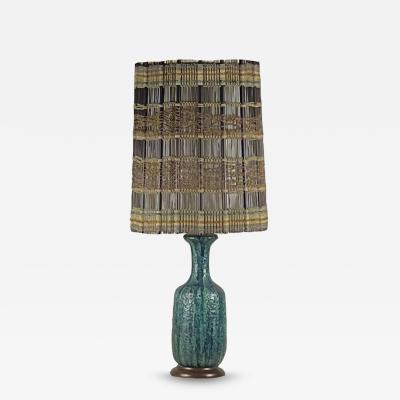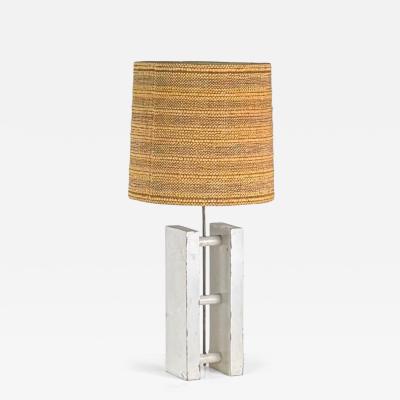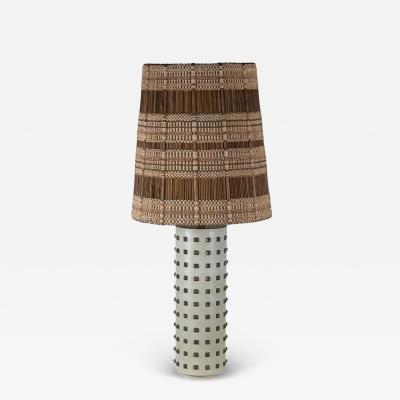Maria Kipp
German
Artist Bio: Maria Kipp
Maria Kipp (1900–1988) was a pioneering textile engineer and designer whose influence spanned over five decades. Born in Germany, she became the first woman to graduate from the Staatliche Fachschule für Textilindustrie, earning her degree in textile engineering in 1923. In 1924, Kipp moved to the United States with her first husband, eventually settling in Los Angeles.
In 1926, she established her first studio, Ernst Haeckel Handweaves, and later founded Maria Kipp Handweaves in 1931. Her hand-woven textile creations, renowned for their quality and aesthetic appeal, quickly gained recognition among modernist architects and designers. Visionaries like Rudolph Schindler and Richard Neutra incorporated her textiles into their iconic projects, with Neutra even using Kipp’s designs in his own home. Kipp also collaborated with notable figures such as Welton Becket, who commissioned her work for the Bullock's department stores, and Paul Revere Williams, with whom she designed interiors for numerous celebrity residences and the Beverly Hills Polo Lounge.
Throughout her career, Kipp attracted a diverse clientele, including luminaries like Walt Disney and Claudette Colbert. Despite being less known than contemporaries such as Anni Albers and Dorothy Liebes, she received an inaugural award for woven fabrics from the American Institute of Decorators in 1948, acknowledging her contributions to the field.
Kipp's legacy as a trailblazer in textile design continues to inspire new generations of artists and designers. Her work remains a testament to the artistry and innovation that characterized the modernist movement in mid-20th century America.
Maria Kipp (1900–1988) was a pioneering textile engineer and designer whose influence spanned over five decades. Born in Germany, she became the first woman to graduate from the Staatliche Fachschule für Textilindustrie, earning her degree in textile engineering in 1923. In 1924, Kipp moved to the United States with her first husband, eventually settling in Los Angeles.
In 1926, she established her first studio, Ernst Haeckel Handweaves, and later founded Maria Kipp Handweaves in 1931. Her hand-woven textile creations, renowned for their quality and aesthetic appeal, quickly gained recognition among modernist architects and designers. Visionaries like Rudolph Schindler and Richard Neutra incorporated her textiles into their iconic projects, with Neutra even using Kipp’s designs in his own home. Kipp also collaborated with notable figures such as Welton Becket, who commissioned her work for the Bullock's department stores, and Paul Revere Williams, with whom she designed interiors for numerous celebrity residences and the Beverly Hills Polo Lounge.
Throughout her career, Kipp attracted a diverse clientele, including luminaries like Walt Disney and Claudette Colbert. Despite being less known than contemporaries such as Anni Albers and Dorothy Liebes, she received an inaugural award for woven fabrics from the American Institute of Decorators in 1948, acknowledging her contributions to the field.
Kipp's legacy as a trailblazer in textile design continues to inspire new generations of artists and designers. Her work remains a testament to the artistry and innovation that characterized the modernist movement in mid-20th century America.
Brazilian Modern Table Lamp by Celina Decorações with Woven Shade by Maria Kipp
H 33 in DIA 15 in
$ 1,800
Access Trade Price
Studded Cream Leather Table Lamp with Original Maria Kipp Shade
H 39 in DIA 17 in
$ 2,300
Access Trade Price
